Body Fat Measuring
Know where you stand
The average person grows up thinking about their weight, without taking into account their body fat percentage. Realizing your weight alone doesn’t distinguish whether the pounds come from fat or muscle. In order to assess your physical fitness level, you need to regularly monitor your body fat. Reducing body fat and building muscle is associated with numerous benefits such as greater strength, reduced likelihood of injury, and higher metabolism.
Height-Weight Tables
Originally developed by insurance companies to establish recommended weight ranges for men and women. The “desirable” weights were those associated with the lowest mortality among large population studies of insured people. Unfortunately, these studies do not accurately represent a cross-section of the entire American population.
Waist Measurement
Waist size is an additional, independent risk factor and can be used in conjunction with any other method. It reflects growing evidence that excess visceral fat – surrounding the abdominal organs – on its own increases the chance of heart disease or diabetes.
Research indicates that visceral fat (waist size) is more important in the disease process than subcutaneous fat which is just under the skin (“love handles,” “pinchable inches”). Abdominal fat cells appear to produce certain compounds that may influence cholesterol and glucose metabolism. In men, a waist size of >40″ and in women >35″ is an indication of increased health risk.

Android or “apple-shaped” obese people are more vulnerable to disease than those who are gynoid or “pear-shaped.”
Bioelectrical Impedance
Body impedance is measured when a small, safe electrical signal is passed through the body, carried by water and fluids. Impedance is greatest in fat tissue, which contains only 10-20% water, while fat-free mass, which contains 70-75% water, allows the signal to pass much more easily. By using the impedance measurements along with a person’s height and weight, and body type (gender, age, fitness level), it is possible to calculate the percentage of body fat, fat-free mass, hydration level, and other body composition values. Conventional BIA normally uses underwater weighing as its method of reference.
Using BIA to estimate person’s body fat assumes that the body is within normal hydration ranges. When a person is dehydrated, the amount of fat tissue can be overestimated. Factors that can affect hydration include not drinking enough fluids, drinking too much caffeine or alcohol, exercising or eating just before measuring, certain prescription drugs or diuretics, illness, or a woman’s menstrual cycle. Measuring under consistent conditions (proper hydration and same time of day) will yield best results with this method.
Because BIA can be affected by body hydration, many professionals may use this method as a means of tracking the hydration status of their patients. This is especially important for athletes who are training or performing, as well as for the chronically ill.
In the traditional BIA method, a person lies on a cot and spot electrodes are placed on the hands bare feet. Electrolyte gel is applied first, and then a current of 50 kHz is introduced. BIA has emerged as a promising technique because of its simplicity, low cost, high reproducibility and non invasiveness. BIA prediction equations can be either generalized or population-specific, allowing this method to be potentially very accurate. Selecting the appropriate equation is important to determining the quality of the results. To minimize variables caused by a person’s hydration level, measurements should always be taken under constant and controlled conditions.
For clinical purposes, scientists are developing a multi-frequency BIA method that may further improve the method’s ability to predict a person’s hydration level. New segmental BIA equipment that uses more electrodes may lead to more precise measurements of specific parts of the body.

They have now developed a simplified version of BIA that uses leg-to-leg bioimpedance analysis. In this system, two footpad electrodes (pressure contact) are incorporated into the platform of a precision electronic scale. A person’s measurements are taken while in a standing position with the electrodes in contact with bare feet. The body fat monitor/analyzer automatically measures weight and then impedance. Computer software (a microprocessor) imbedded in the product uses the measured impedance, the subject’s gender, height, fitness level, and in some cases age, (which have been preprogrammed), and the weight to determine body fat percentage based on equation formulas. This reference method is DEXA. Through multiple regression analysis, and has derived standard formulas to determine body fat percentage. Equations are generalized for standard adults, athletes, and children.
This method has all the advantages of traditional BIA as well as greater ease of use, speed, and portability. Professional versions of the products can be found in hospitals, health clubs, and research labs and include computer printouts of comprehensive data such as BMI, fat percent, fat weight, total body water, fat-free mass, and BMR. The concept has been adapted for use as an affordable home monitoring device. Now ordinary people along with fitness enthusiasts and patients with health risks can measure body fat
as part of a regular healthy lifestyle. The same variables apply with regard to hydration levels, and measuring should be done under consistent conditions.
| Many people desire a “rating system” for assessing their current level of body fat. The following table provides a meaningful percentage rating system. |
|
 |
| Body Fat Analyzing – Comparing Methods for Measuring Body Fat Body Impedance Analysis – Bioelectrical Impedance Analysis or BIA The Study of Body Composition Know Your Weight and Body Fat Percentage |

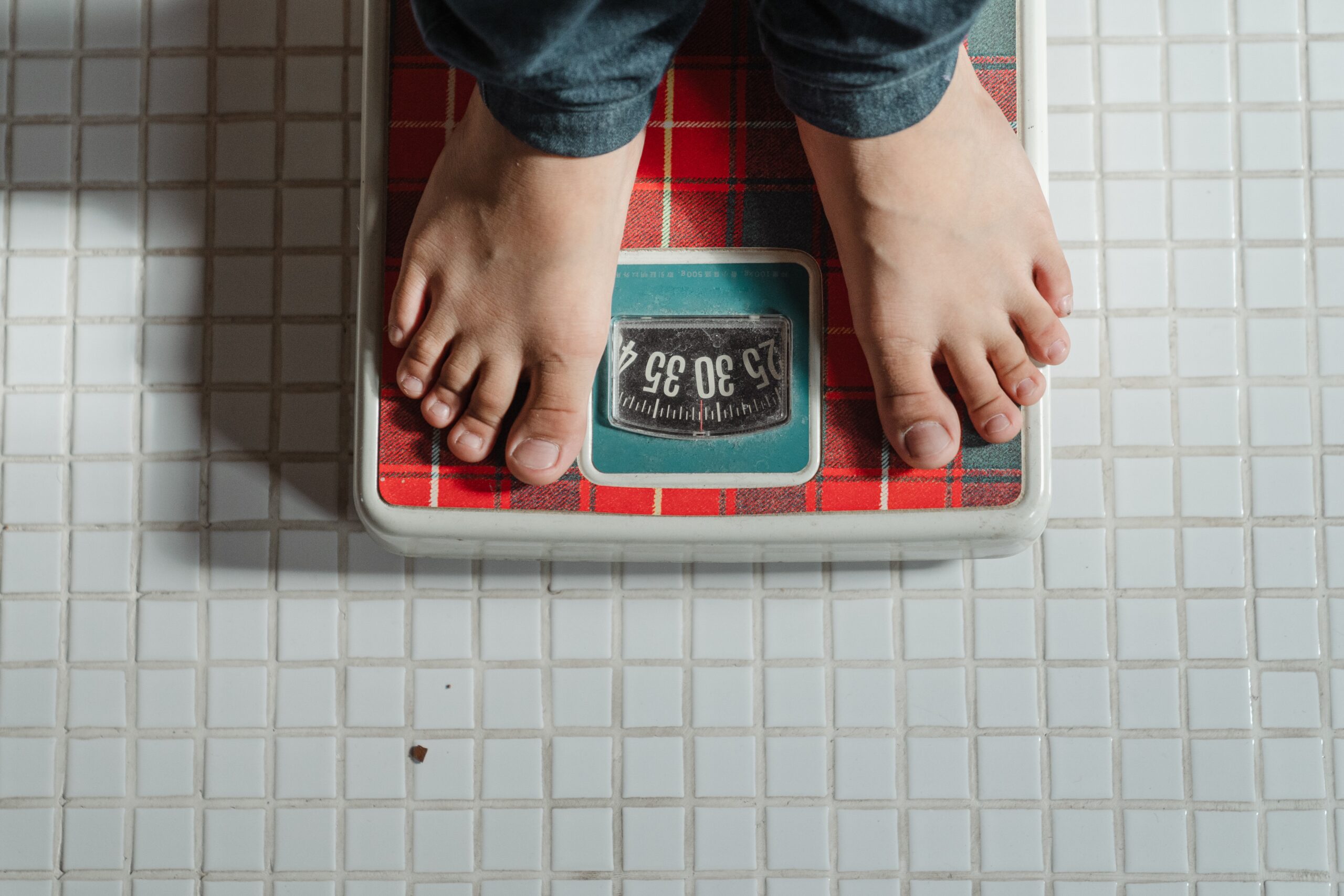

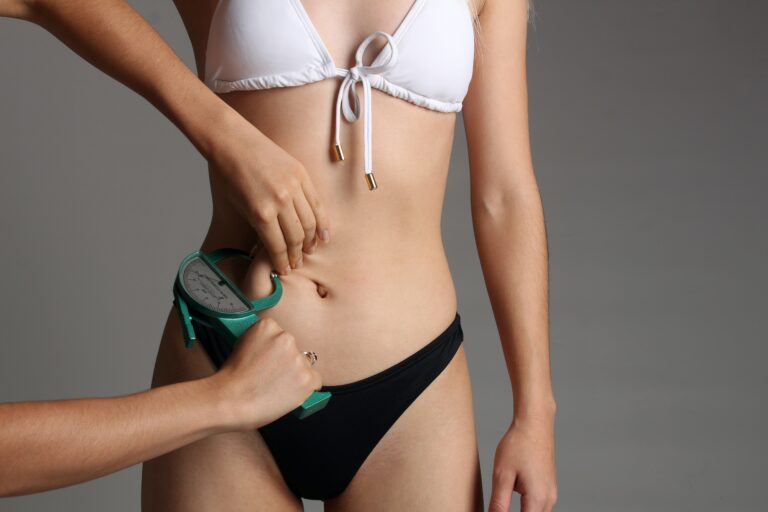
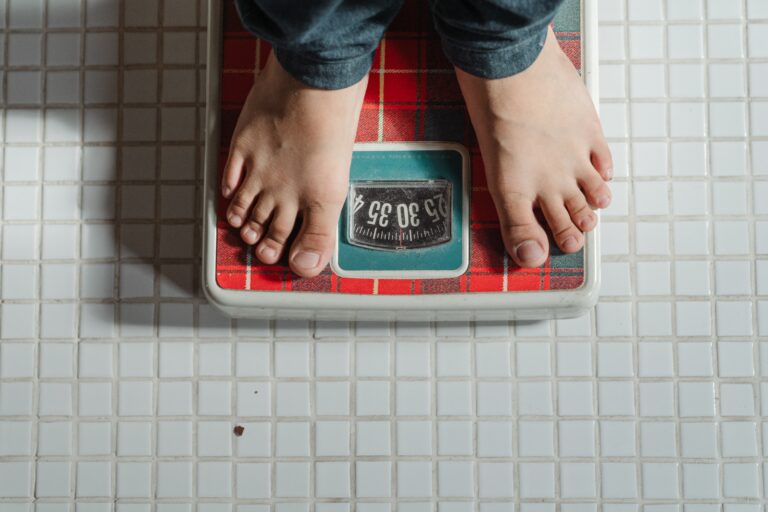
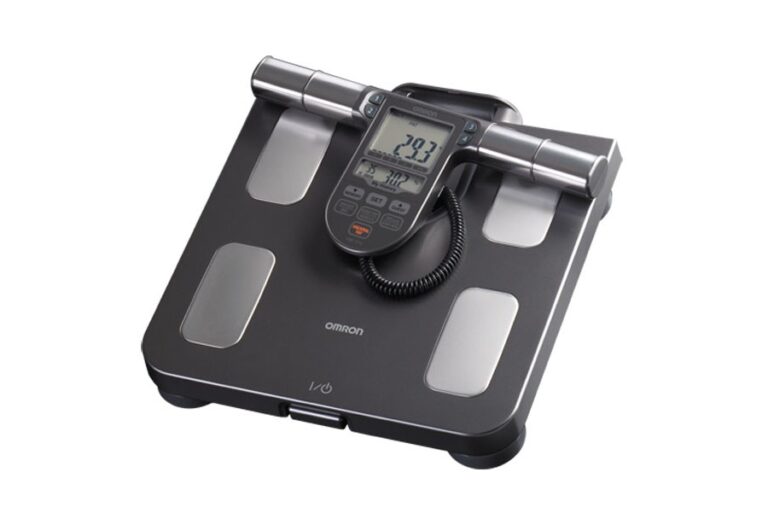

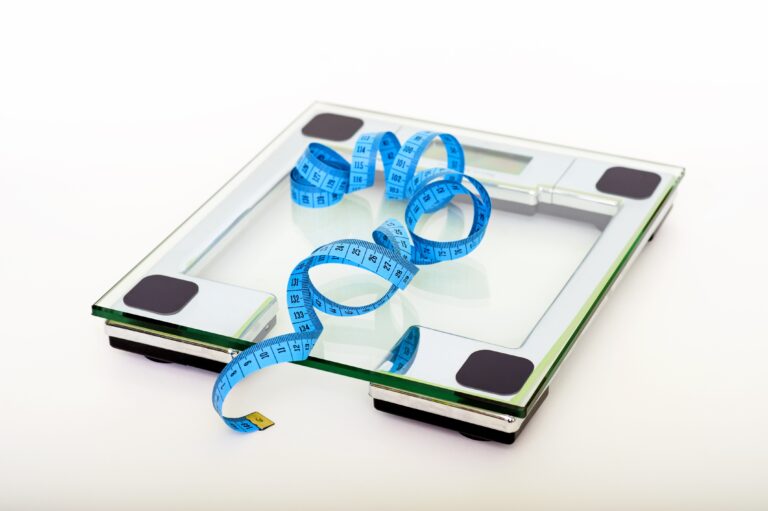
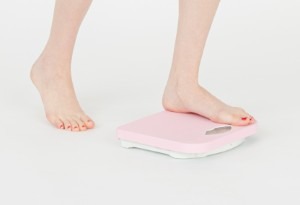
Thank you for posting this. It is great to know that my weight alone is not an indicator of my fitness goals.